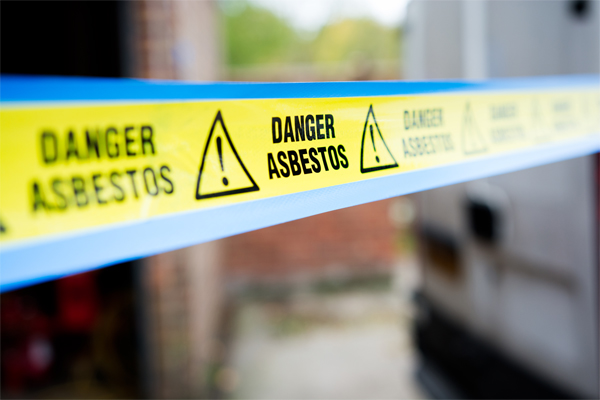If you have heard of asbestos, you’re probably aware it’s no longer acceptable in your house. The Occupational Health and Safety Administration (OSHA) and the EPA, or Environmental Protection Agency, recognize asbestos as a health threat and have rigorous laws to protect workers.
That’s fantastic news for new house owners, but what about those older homes that may still contain asbestos? The first step towards a healthy house involves understanding how to test for asbestos and what to do if positive findings are obtained. Hence, asbestos testing is important to maintain a healthy house.
What Do You Mean By Asbestos Testing?
Asbestos testing is when a person looks for the existence or whereabouts of asbestos-containing material or suspected asbestos-containing material in a structure or facility. ACM is characterised as any substance containing more than 1% asbestos.
Suspected ACM is a substance suspected to be ACM that has yet to be sampled and analysed for asbestos content. An asbestos inspection also entails re-examining a structure or facility to determine the existence of additional, existing, or probable ACM.
Why Is Asbestos Testing Important?
If your home was constructed before the 1980s, it most likely contains asbestos-containing building materials. When you discover something you think may contain asbestos, the only way to validate your concern is to test it. In this case, you need an expert opinion and should go with an asbestos testing firm.
How Asbestos Testing Is Performed?
Let’s go through the step-by-step process of asbestos testing:
● Testing method: There are several methods for testing for asbestos yourself. It is not recommended that you attempt to locate asbestos on your own. Improper sample collection can cause more disturbance and spread asbestos in your home.
The first step is to have an asbestos professional inspect your home and identify areas where asbestos could be present. An asbestos expert will then be able to collect a sample, place it in a suitable container, and then send it away for testing.
● Air samples: Phase Contract Microscopy is extensively used to quantify fibre concentrations in air samples that can indicate the presence of asbestos. This method is particularly valuable because it is faster and less expensive than other methods. PCM does not positively identify asbestos fibres. Instead, it assesses the different kinds of fibres present in a given air sample.
Transmission Electron Microscopy is utilised when the fibres are too tiny to be identified by PCM. This technology is the most sophisticated tool for identifying airborne asbestos compounds because it allows researchers to identify extremely minute particles in the air. It is now the standard practice for most asbestos-related air samples.
● Building material samples: Various procedures are used to test construction materials for asbestos. The method most frequently employed for this type of material is polarised light microscopy (PLM). This technique analyses mineral-specific features in fibres using the unique qualities of polarised light, allowing researchers to detect asbestos particles alongside numerous species of asbestos nanoparticles. After analysis, PLM tests identify the proportion of asbestos in a certain material.
● Soil and water testing: Soil testing is especially valuable in environmental investigations to determine whether or not asbestos-containing items were illegally dumped. Soil tests are often analysed using PLM, but they can also be performed using TEM. TEM technologies are commonly used to analyse water samples.
Conclusion:
Asbestos testing is the first step toward a healthy home. It is a good idea if you’re moving into an older house or starting repairs that require removing old materials. It is easier to do that by using an asbestos testing kit. But it is a very risky process. Hence, a professional asbestos testing agency would be the best option.
You may also like
-
Why Sod Installation is the Quickest Way to a Beautiful Lawn?
-
The Role of Statutes and Case Law in Policy Limit Access
-
Setting Up a Home Theater with LG CineBeam Q The Ultimate Guide
-
Business Listing Sites in USA: 2025 Guide for Better Online Visibility
-
Is Your Lipstick Lying to You? What Packaging Says About the Product Inside

